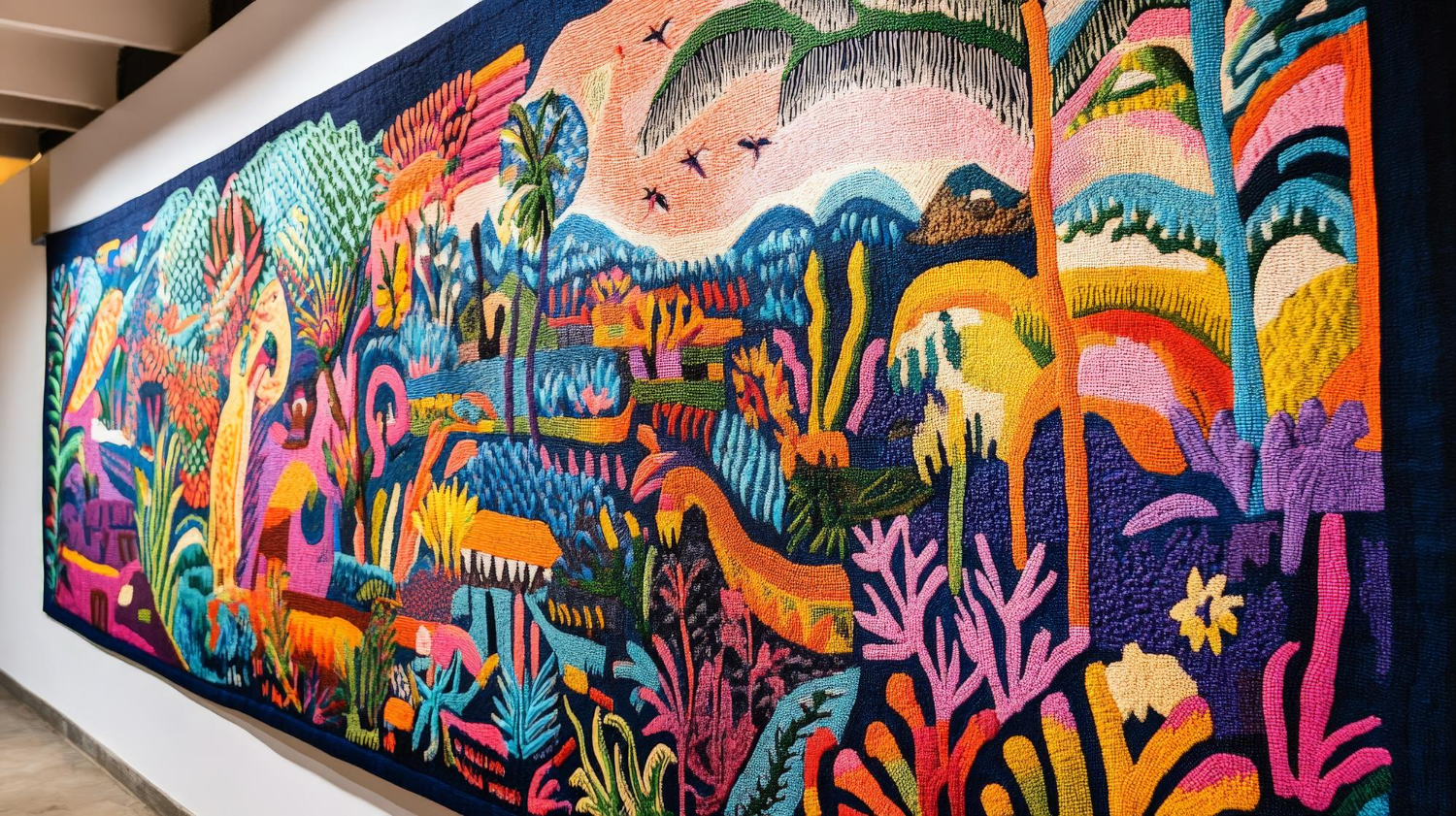Southern California stands as a vibrant nexus of diversity, and one of its most striking expressions lies in the architecture shaped by Chicano and Mexican heritage. Beyond bricks and mortar, Chicano architecture tells a story—of identity, resistance, resilience, and cultural pride. From colorful murals to thoughtfully designed community spaces, these structures serve as vivid reminders of the profound contributions Mexican American communities continue to make, shaping the social and physical landscapes they inhabit.
Historical Roots of Chicano Architecture
The story of Chicano architecture begins with the historical interplay of Mexican and American influences, especially in areas like Los Angeles, San Diego, and East L.A. After the Mexican-American War and the Treaty of Guadalupe Hidalgo in 1848, much of California shifted from Mexican to U.S. control. However, the rich architectural traditions of Spanish colonial and indigenous Mexican styles endured, weaving adobe homes, mission-inspired buildings, and courtyards into California’s developing urban fabric.
During the Chicano Movement of the 1960s and 1970s, these architectural traditions took on new meaning. Activists began to reclaim public spaces and urban neighborhoods as sites of cultural expression. Architecture became a platform for asserting identity and belonging while pushing back against the marginalization many Mexican Americans faced. Designs during this era incorporated traditional features like terracotta roofs, archways, and vibrant patterns, evoking ancestral ties and celebrating Chicano identity.
The Power of Murals in Public and Private Spaces
Perhaps one of the most iconic expressions of Chicano culture is muralism, which seamlessly blends art and architecture. Inspired by the legendary Mexican muralists like Diego Rivera and David Alfaro Siqueiros, Chicanos used walls as canvases for powerful forms of storytelling. This movement took root particularly in East Los Angeles, where murals became extensions of buildings, transforming plain facades into vibrant declarations of cultural pride and social justice.
Landmarks like Los Angeles’ Estrada Courts housing project feature murals that celebrate working-class struggles, indigenous heritage, and community empowerment. “Chicano Time Trip,” painted by Eastside artists, is one such example that weaves historical narratives into everyday spaces. These murals do more than beautify structures—they connect past and present, conveying values of unity, identity, and resistance to erasure.
Community Spaces as Cultural Hubs
Chicano architecture also finds its power in designing community spaces that foster solidarity and inclusion. Institutions like self-help centers, libraries, clinics, and parks were intentionally crafted to feel welcoming and culturally significant.
A great example is the Chicano Park in San Diego, which stands as a tribute to the community’s resilience. Born out of activism in 1970 when residents protested the construction of a highway that threatened to displace them, the park is adorned with colorful murals depicting Aztec motifs, revolutionary figures, and scenes of familial love. These expressive works underscore the role architecture and design play in fostering creativity, education, and empowerment.
Additionally, spaces like La Plaza de Cultura y Artes in Los Angeles showcase how architecture can seamlessly blend history with the modern needs of the community. Nestled near historic landmarks like Olvera Street, the building reflects both colonial-era details and innovative, adaptive reuse of historic spaces, serving as a museum and cultural destination celebrating Mexican American experiences.
Modern Interpretations of Chicano Design
While the roots of Chicano architecture lie in history, its evolution continues to influence contemporary design. Today, architects like Teddy Cruz and organizations like the Mexican American Cultural Center in Los Angeles exemplify how culturally conscious design can meet modern needs. These projects incorporate sustainable materials, urban housing solutions, and mixed-use developments while centering Latino cultural identity.
For instance, many contemporary projects include communal courtyards reminiscent of traditional Mexican homes or incorporate vibrant colors and textures inspired by indigenous art. These designs go beyond aesthetics—they ensure that cultural heritage persists in urban planning, offering spaces where the community can thrive.
The Role of Chicano Architecture in Empowerment and Legacy
Chicano architecture is more than a celebration of heritage—it is also a tool for empowerment, reclaiming space in gentrified or underserved neighborhoods. It reflects a deep sense of pride, reminding both Chicano communities and broader audiences of the history, culture, and contributions that Mexican Americans bring to Southern California’s vibrancy. Through intersections of tradition and innovation, Chicano architecture continues to challenge stereotypes and build bridges between generations.
Keep Our Culture Alive
Chicano culture thrives when we share, explore, and celebrate it together. Whether through art, language, history, or everyday experiences, we each play a part in preserving our heritage. Join the movement—learn about our stories, uplift our voices, and pass on the traditions that shape who we are. Together, let’s keep Chicano identity strong for future generations.



